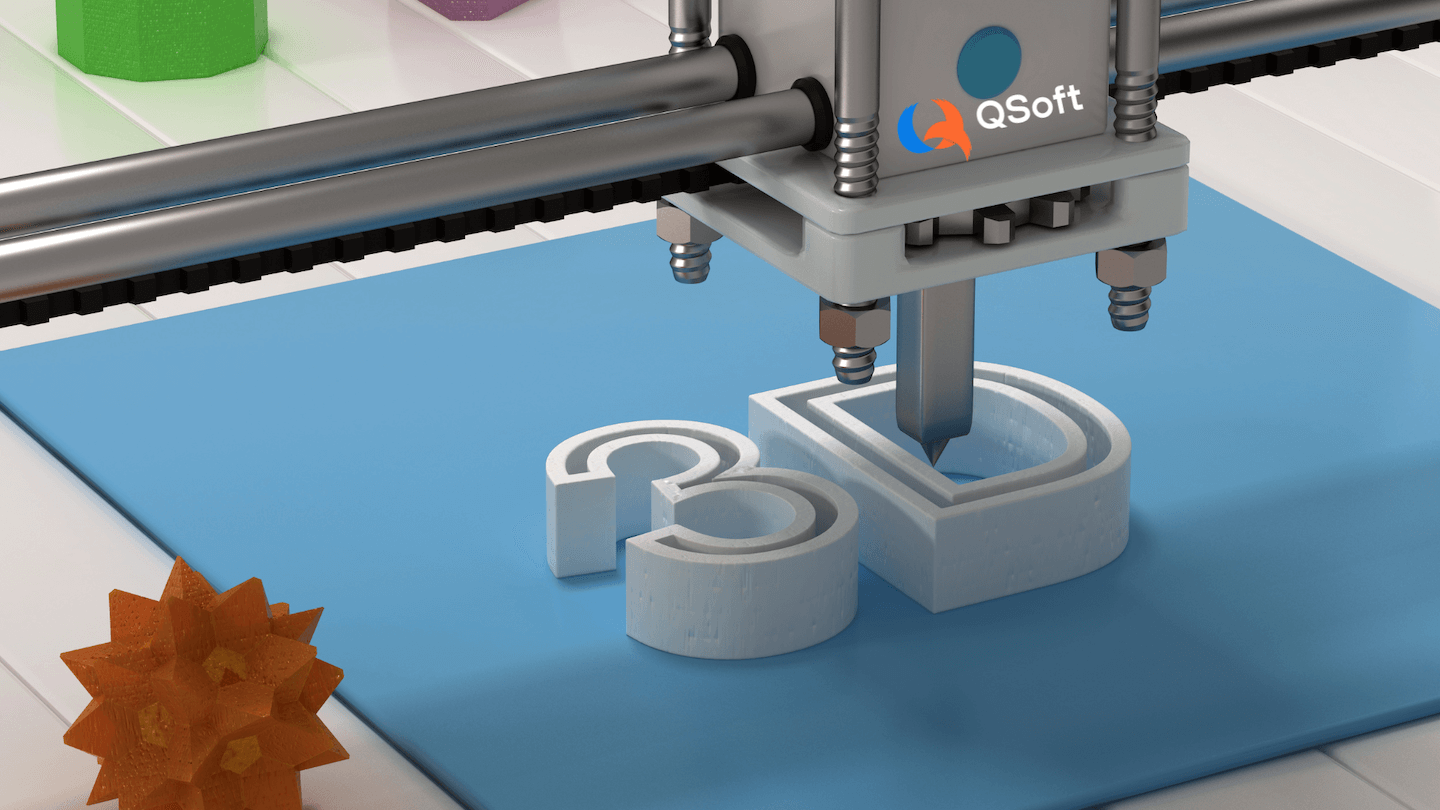Enhancing User Experience: Strategies for 3D Quote/Order Tool Development
In an increasingly digital world, businesses are seeking innovative ways to enhance their operations, particularly when it comes to managing complex quoting and ordering processes. The introduction of 3D technologies into these workflows has the potential to revolutionize how companies handle custom orders, enabling them to visualize and manage products more effectively. However, the integration of such advanced tools is not without its challenges. This post explores two significant challenges faced during the development of a 3D Quote/Order tool and the technical solutions implemented by QSoft to overcome these obstacles.
Navigating Third-Party API Integration and Performance Bottlenecks
One of the primary challenges in developing a 3D Quote/Order tool is integrating third-party APIs, which are crucial for functions such as rendering 3D models, retrieving pricing information, or processing orders. However, reliance on external APIs can introduce latency issues, especially when these APIs are called frequently to perform critical functions. This latency can disrupt the smooth operation of the tool, leading to delays in rendering 3D models or processing customer orders, ultimately affecting the user experience.
To mitigate the risk of API-related slowdowns, QSoft implemented a multi-layered caching strategy using Redis, an in-memory data structure store known for its high performance. Redis was employed as a caching layer to store frequently accessed data from the APIs, such as standard pricing information or commonly used 3D model assets. By doing so, the tool could minimize the number of API calls needed during the quoting and ordering process, significantly reducing latency and improving response times.
In addition to caching, QSoft utilized GCP (Google Cloud Platform) to handle asynchronous API calls through its Pub/Sub messaging service. This service decoupled the real-time processing of 3D model rendering and pricing calculations from the user interface, ensuring that these operations could be completed without causing delays in the user’s interaction with the tool. By leveraging GCP’s robust infrastructure, the tool could handle high volumes of API calls efficiently, even during peak usage times.
On the frontend, built using ReactJS and Next.js, these optimizations were further supported by implementing a dynamic loading strategy. This strategy ensured that 3D models and other assets were loaded incrementally, rather than all at once, reducing initial load times and providing users with a smoother, more responsive experience. The combination of Redis caching, GCP’s messaging service, and optimized frontend design created a seamless user experience, even when dealing with complex 3D visualizations and large datasets.
Transitioning Authentication Methods Without Disrupting User Access
Another significant challenge during the development of the 3D Quote/Order tool was the transition to a new authentication method. This transition was necessary to enhance security and support scalability, but it posed the risk of disrupting existing users by requiring them to update their login credentials. Ensuring a smooth transition without losing user access or causing frustration was critical to maintaining customer trust and satisfaction.
We addressed this challenge by integrating Auth0, a robust identity management platform, into the tool’s authentication system. Auth0 was chosen for its flexibility and ability to handle a wide range of authentication scenarios, including social logins, single sign-on (SSO), and multi-factor authentication (MFA). This integration allowed QSoft to implement the new authentication method while providing users with a seamless transition experience.
To ensure that existing users did not lose access to their accounts during the transition, QSoft employed a phased migration strategy. Initially, the system was configured to support both the old and new authentication methods simultaneously. Users were prompted to update their login credentials at their convenience, with clear instructions and support provided throughout the process. This approach minimized disruptions, as users could continue using their existing credentials until they were ready to switch.
Additionally, to handle the transition of user credentials securely, QSoft used NodeJS to develop a custom middleware that interfaced with Auth0’s API. This middleware facilitated the smooth migration of user data, including encrypted passwords and profile information, ensuring that all sensitive information was handled securely during the transition. Once the majority of users had updated their credentials, the old authentication system was gradually phased out, leaving the new Auth0-based system fully in place.
The entire process was carefully monitored using GCP’s logging and monitoring services, which provided real-time insights into user activity and allowed the team to quickly address any issues that arose during the transition. As a result, the migration was completed with minimal disruption to users, and the platform now benefits from enhanced security and scalability, supporting a growing user base with ease.
Conclusion
The development of a 3D Quote/Order tool presents unique challenges, particularly in terms of integrating third-party APIs and transitioning authentication methods. By leveraging a sophisticated tech stack that includes Redis, GCP, ReactJS, Next.js, and Auth0, QSoft successfully overcame these challenges, delivering a robust and responsive tool that enhances both user experience and operational efficiency.
For businesses looking to implement advanced quoting and ordering systems, QSoft provides the expertise and innovative solutions needed to navigate these complexities and achieve seamless, scalable results. Explore our services to learn how we can help you transform your operations with cutting-edge technology.

